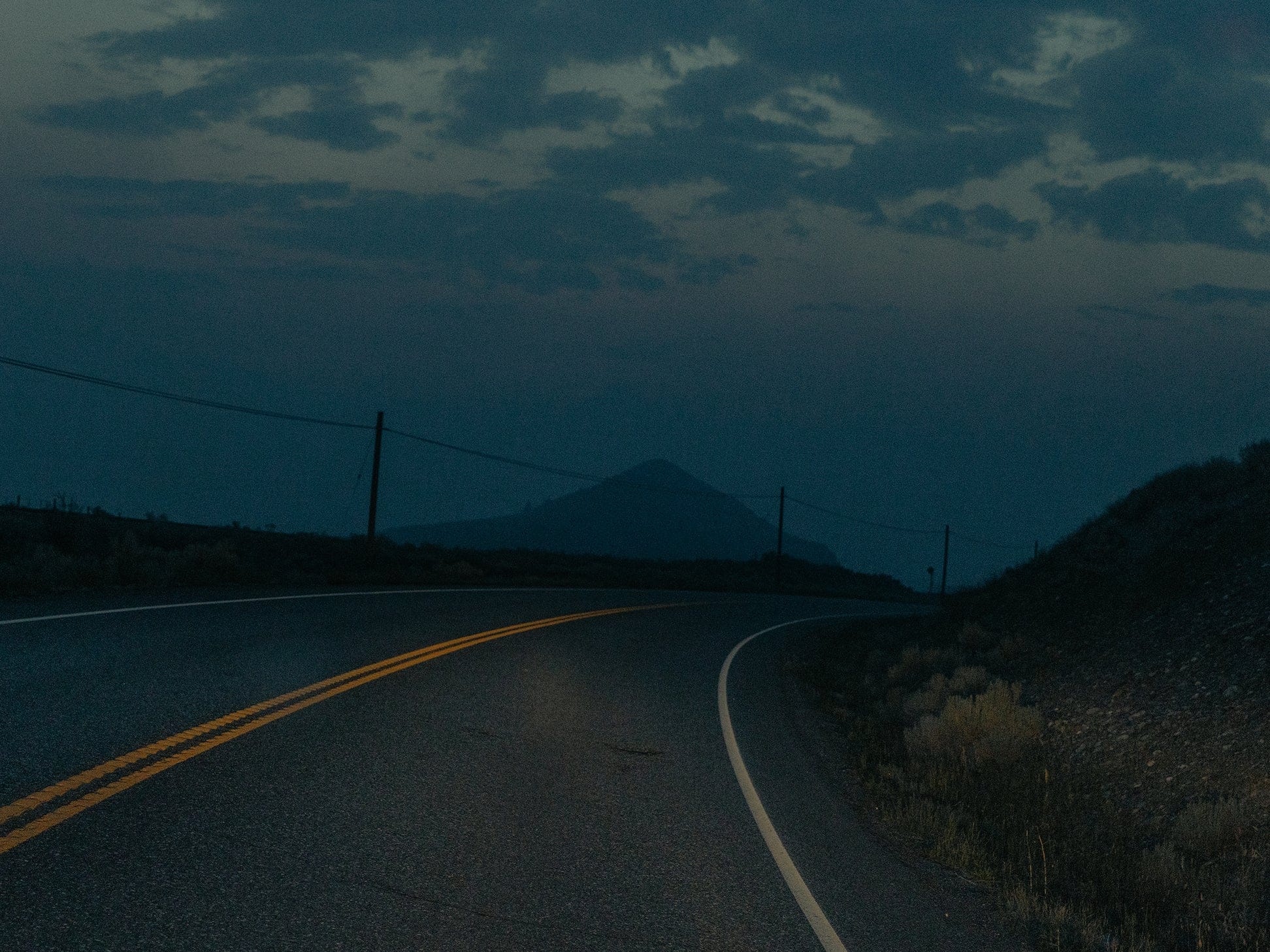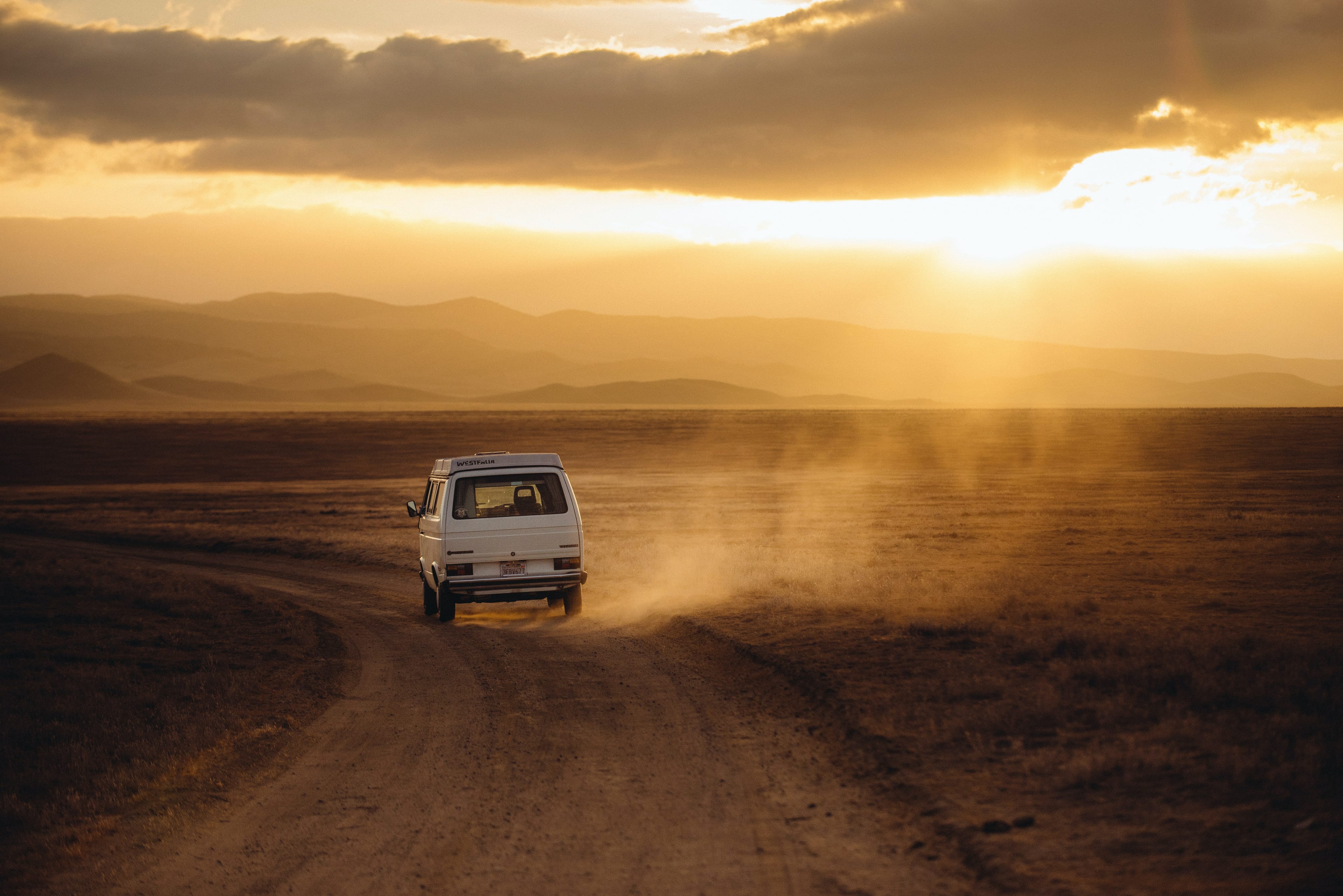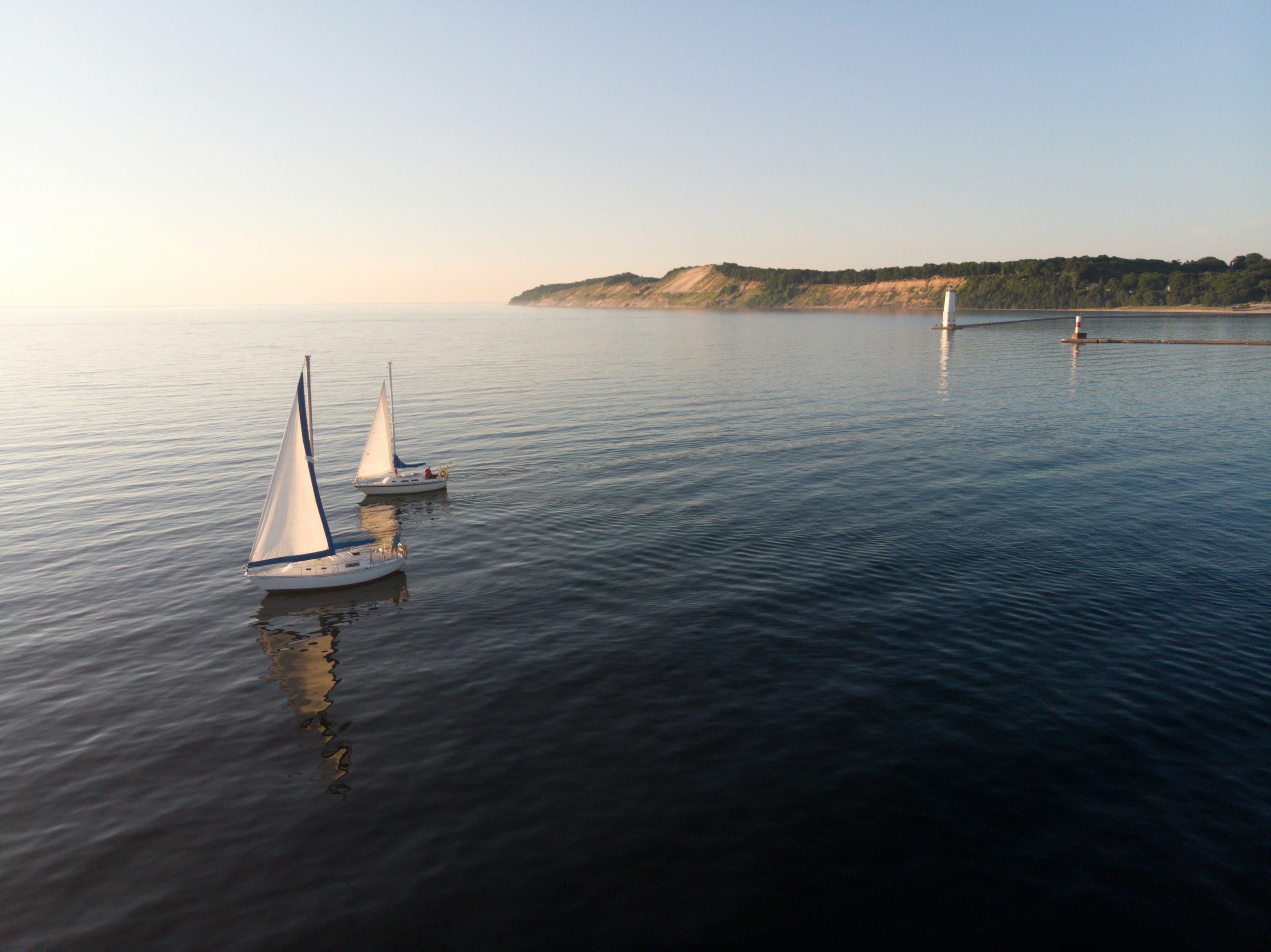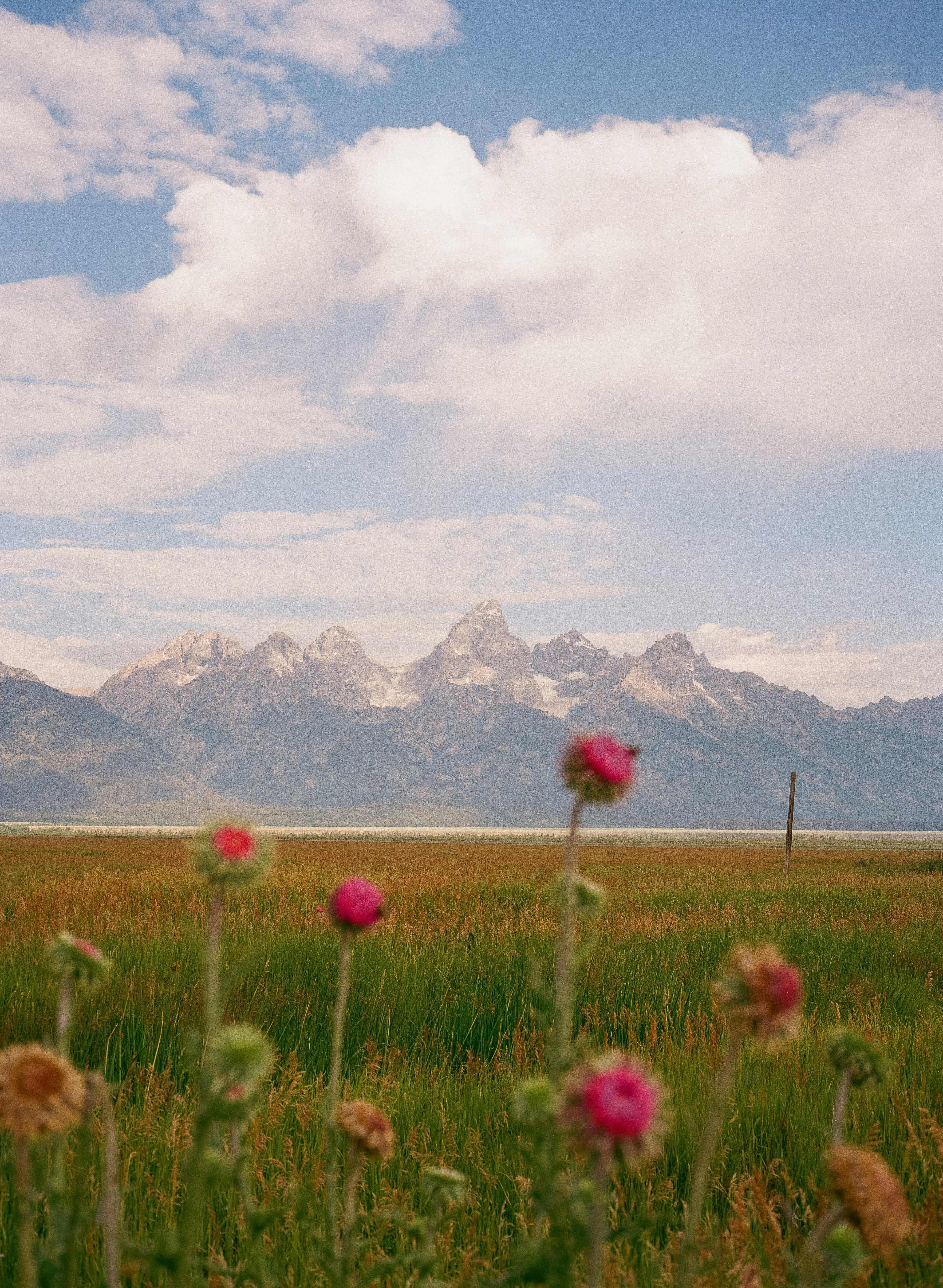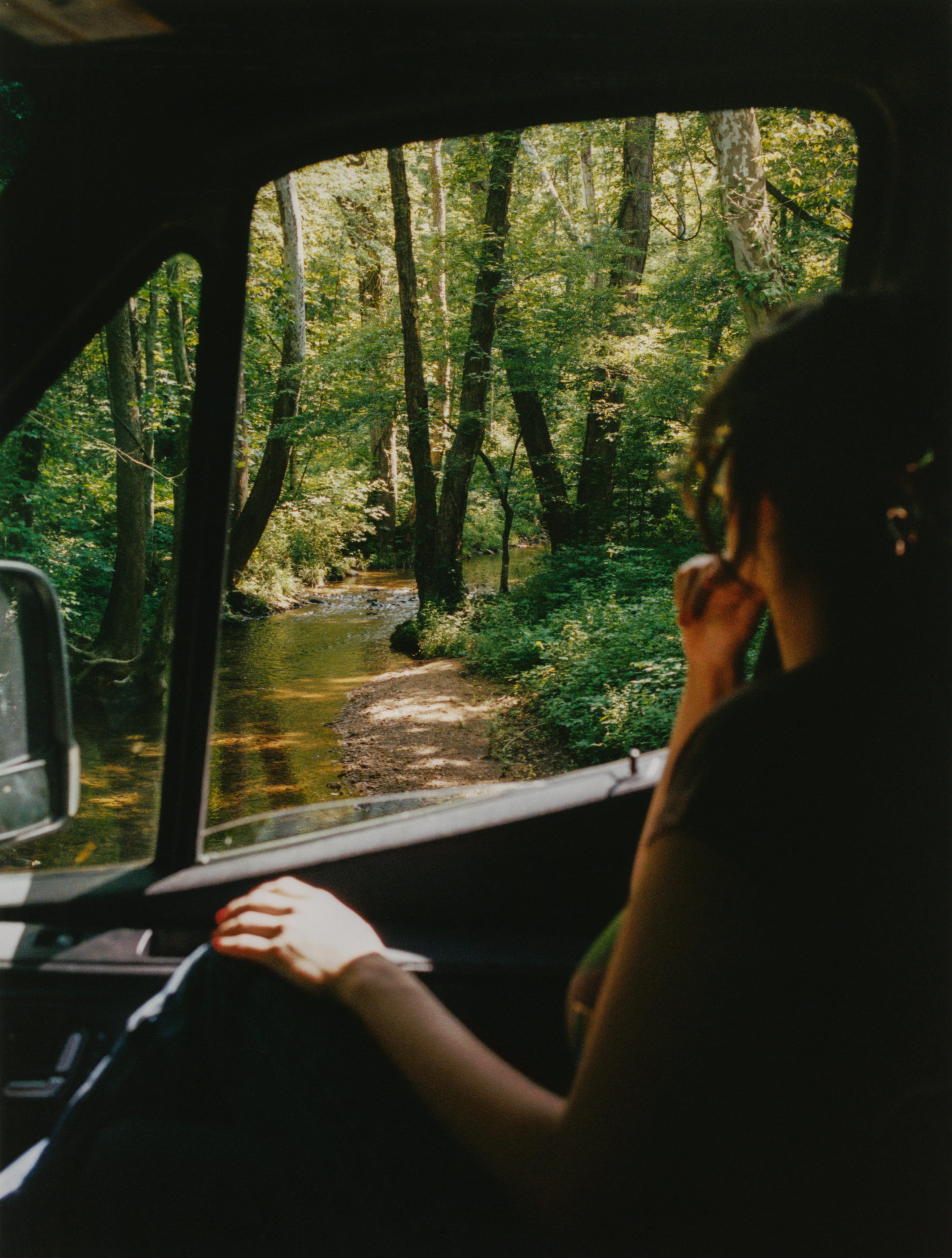
Florida's Untamed Ten Thousand Islands
Writer Zack Sampson paddles into open water in the Ten Thousand Islands, a segment of Everglades National Park.
REMOTE MANGROVE STANDS, UNTAMED WATERS AND THE PROMISE OF GETTING AWAY FROM IT ALL
In the shallow, hot water off Southwest Florida, near where the Everglades spill into the Gulf of Mexico, a gnarled woodland rises from the waves. Mangroves cluster in a line of islands just below Naples, stretching toward the bottom of the state. This warren of green is the Ten Thousand Islands—an ancient, bewildering passage, bursting with life.
The name is inexact, and there’s no real consensus among counts of hundreds of islands peppering a crook of the peninsula. Cataloging them is a challenge because this weave of land and sea changes every day. Swift tides reveal broad sandbars and swallow others. Mangrove seedlings bob in the surf and sink into the muck, staking out potential future woody outposts. The islands sit where fresh and saltwater mix, a unique chemistry feeding a wildlife profusion.

The islands draw those looking for a wild slice of Florida, a realm apart in a fast-expanding state. To get there requires a boat and some driving—a couple hours south from Tampa or west from Miami to hit the turn of Highway 41. The last stretch wends though swampy expanses where development runs up against untamable and preserved land. The road drops you at launch points in either Everglades City, at the mainland’s edge, or Chokoloskee, a tiny island at the bottom of a long causeway.
We visited as two paddlers with decent experience but no particular expertise. Zack, my friend, is a photographer; he schemed up this idea years ago. I’m a reporter with a closet full of backpacking gear, two kayaks and a propensity to agree to trips that drop me out of cell service. By the time we decided to make our push, it was early April, with only a few weeks left before the state’s hot, rainy season would make the excursion too stormy, muggy and bug-infested to enjoy.
We sketched plans fast: finding and booking campsites just a week out from departure, securing a permit from Everglades National Park and checking tide tables to ensure we had a window to paddle miles in daylight without running our boats aground. (We also secured hard-sided containers to tote drinking water. Despite being surrounded by the sea, there’s no reliable supply of freshwater deep within the Ten Thousand Islands. Kayaking forums are replete with warnings about soft plastic containers getting ransacked by thirsty raccoons.) Once we got out there, the reward for a few days of logistical hustle became clear immediately. Save for scattered flats boats with fishing rods, signs of other people evaporated with each paddle stroke.
Fish ply these warm waters: huge-jawed goliath grouper and thick- scaled tarpon. Stingrays glide like shadows. Hermit crabs skitter through the tidal pools, and at dusk, blitzes of bugs and baitfish speckle the surface. Birds fly overhead and feed in the shallows—bald eagles, herons and pelicans that plunge with tremendous speed. Swallow-tailed kites trace long loops through the sky.
The mangrove is the undisputed cornerstone of the Ten Thousand Islands world, a tree that thrives in seawater by using its roots and leaves to remove salt. Red mangroves perch atop prop roots, making it seem as if the islands themselves are climbing from the water and marching into the gulf. Amid a wall of green, it can be hard to distinguish one clutch of trees from the next. Some islands bear names: Rabbit Key, Tiger Key, Picnic Key. The biggest have thin, sloping beaches. Sun-bleached whelk and horseshoe crab shells pave their banks.
We tucked our boats into the current and drifted for long stretches, getting lost in the scenery. Time your trip with the tides and it’s easy to cruise through the channels and rivers that slice between the islands while letting minds wander. The deeper you travel, the more in tune you become with the soft thud of water lapping at your bow, the shrieks of ospreys in the canopy, the thwack of mullet jumping from the water and crashing back down.
Soon after we shoved off, we saw a flash of pink in the thicket—a roseate spoonbill fluttering between branches. Not long after that, we heard a sigh and looked just in time to see a sea turtle poke its head out of the water. We stowed our paddles and let our boats float, watching more turtles surface around us.
(And now, a moment of honesty: The counterpoint to these zen moments would come later, as we headed back toward land with the wind and tide against us. Out of breath and jostled by the waves, it seemed to take triple the amount of work to cover the same distance as we had a day before. But once again, the effort brought a unique reward. That night and the next morning, when we could finally be still, we fished for hours—alone on a wood platform in the mangroves. Stress melted like sweat from our bodies. We watched dolphins feed, ambushing fish in the shallows. When clouds of no-see-ums chased us into our netted-hammocks at dusk, we saw fireflies blink in the mangroves.)
Abundance has drawn people to the Ten Thousand Islands for centuries, mostly to fish and hunt. The Indigenous Calusa people thrived here before Europeans arrived. Hermits and homesteaders once populated the islands—sparsely—along with plume hunters who decimated bird populations. In the early 1900s, residents in Chokoloskee killed reputed outlaw Ed Watson. His story was fictionalized in Peter Matthiessen’s 1990 novel, Killing Mr. Watson; the shore where he lived is still called “The Watson Place.”


Much of the region today is protected within Everglades National Park and the Ten Thousand Islands National Wildlife Refuge. A 99-mile wilderness waterway offers a path from Everglades City to Flamingo, at the tip of the Florida peninsula. The mangroves of the Ten Thousand Islands, meanwhile, provide an important defense for the whole state, creating both needed habitat and a bulwark against storm surge from hurricanes. But the islands are vulnerable as the water around them warms and deepens because of climate change. For now, only a few miles offshore, the islands remain a good place to get lost—a thread tied to a more primal Florida. The area feels almost like “an American Serengeti,” in the words of Jack Davis, the acclaimed Florida historian and author of The Gulf: The Making of an American Sea.
“It’s a watery jungle out there, but at the same time it’s a very beautiful place,” Davis told me. “It can be enthralling and at the same time repelling, haunting yet bewitching.”
As much as anywhere, the islands are true Florida. Fiery sunsets over bright blue waters are better for the small company with whom you share them, and for the burn in your forearms after a full day of paddling. On our first night, tents pitched in the sand, we sat on stools as the sun dropped over a spit of beach. We built a driftwood fire. I waded into the water, feeling the cool splash against my ankles.
There was no else around. The night hummed with life.
